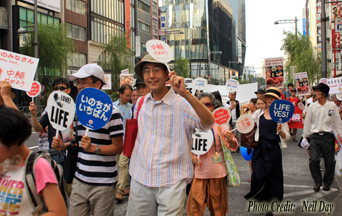
On a sweltering day in July, hundreds of people took to the streets of Tokyo to stand against the culture of death. The majority of the 300 marchers were Japanese, however the international pro-life community was well represented. The fifth annual Tokyo March for Life hosted marchers from more than a dozen countries. All of them had the same goal: to foster a culture of life here that welcomes all children and values all human life, from conception to natural death.
The Tokyo march began in 2014 by Japanese Catholic activist Masaaki Ikeda. It is modeled on the March for Life in Washington, D.C.
Indeed, Japan is taking the lead in turning the culture of death into a culture of life.
10 Razones Por las Cuales el “Matrimonio” Homosexual es Dañino y tiene que Ser Desaprobado
For the first time this year, the Archbishop of Tokyo, the newly-installed Tarcisio Isao Kikuchi, issued a statement inserted into parish bulletins encouraging the faithful to attend the March and to witness peacefully to the beauty and dignity of human life.
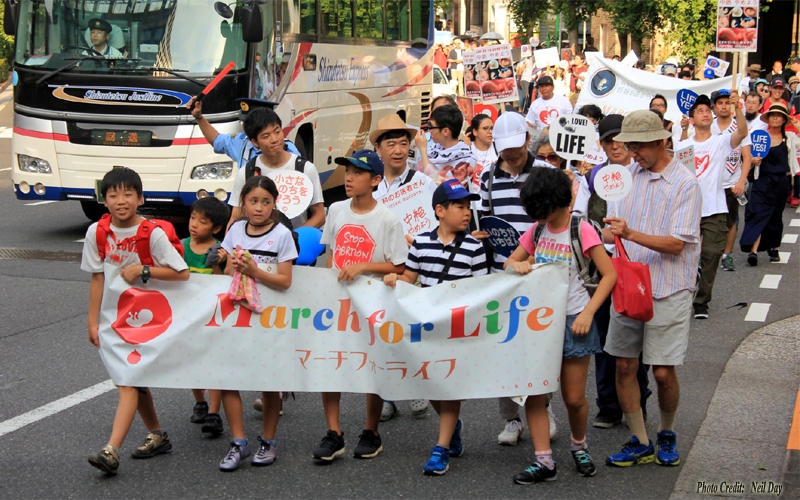
Other notable Japanese pro-lifers included Kenzō Tsujioka, who in the 1970s convinced one of Japan’s most prolific abortionists, Dr. Noboru Kikuta, to stop performing abortions and become pro-life. After his conversion, Dr. Kikuta worked to change adoption laws in Japan to make it easier for families to adopt unwanted children, saving hundreds of babies from abortion.
Eternal and Natural Law: The Foundation of Morals and Law
International representatives and pro-life marchers including Dr. Ligaya Acosta, the Filipina regional director of Human Life International, also attended, as did Joe Woodard, a pro-life leader from Hong Kong. There was a priest from India, a Taiwan-based nun from Argentina, and men and women from Taiwan, Brazil, and Peru. Longtime Japan resident Neil Day, a native son of Ireland, braved the heat once again, as did marchers from France, American Samoa, and the continental United States.
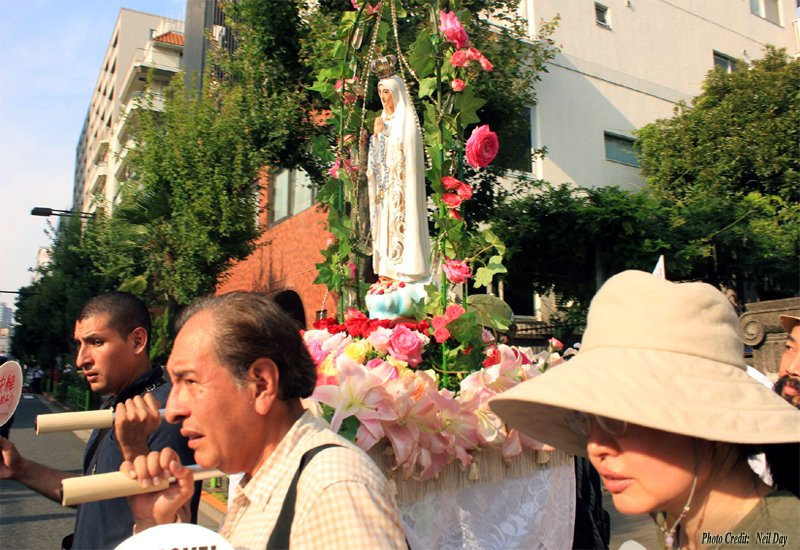
A statue of the Blessed Mother, bedecked with flowers, was held aloft on the shoulders of marchers from Latin America, who sang songs to her in Spanish and Portuguese. One could hear conversations in Chinese, English, French, and Japanese. The March set out from Tsukiji Catholic Church and ended at Hibiya Park. Marchers received a blessing in Latin from a Japanese Catholic priest in a traditional cassock. Something beautiful is happening in Japan.
Science Confirms: Angels Took the House of Our Lady of Nazareth to Loreto
The culture of death has taken firm hold of governments and institutions around the world. The outpouring of love for the culture of life that filled the streets of Tokyo this summer shows that it is the culture of death that is dying. The Tokyo March for Life has grown exponentially every year of its existence. Life is on the march in East Asia, and if the rest of the world is any indication, then there is ultimately nothing that will be able to stop it.
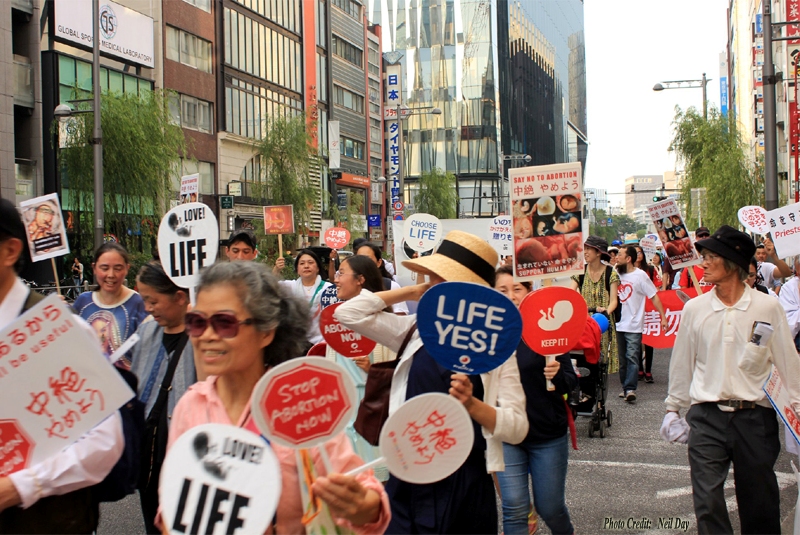
The abortion situation in Japan has a unique background. Today, Japan has some of the world’s most restrictive abortion laws. As in Japan’s neighbor South Korea, abortion here is technically illegal. However, there is a gaping loophole in the laws of both South Korea and Japan; abortion is permitted when a doctor determines that continuing with a pregnancy would be detrimental to the health of the mother. In practice, this exception has become the standard, such that there are almost no real limits to abortion in either country. Even psychological distress or economic hardship (both interpreted so capaciously as to be almost without meaning) qualify as fully valid reasons for ending the life of a child.
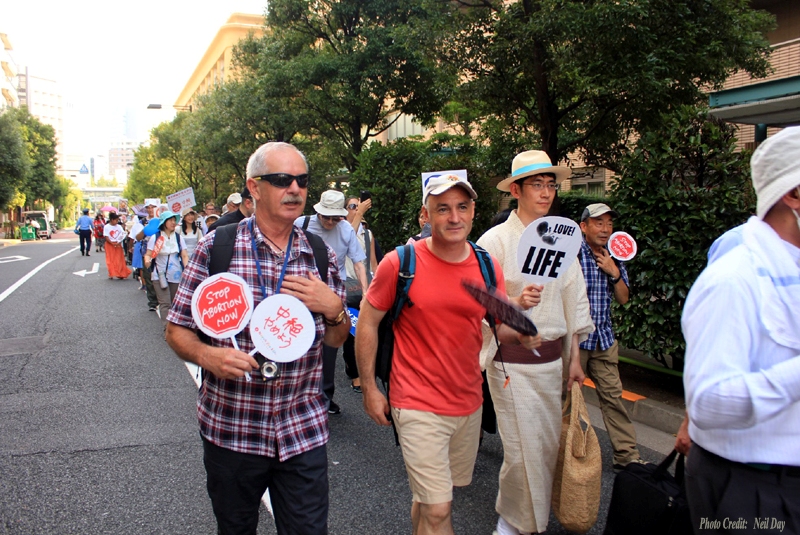
Very few people in either country know that Japan’s virtually no-limits abortion regime came from the Allied occupation of Japan. In 1948, occupation authorities were grappling with the problem of the children born to Japanese women who had been raped by American soldiers. At the same time, Japanese authorities fretted over how to keep Japan’s racial stock “pure” from intermixing with foreigners—especially black American servicemen. The two sets of leaders introduced and passed the Eugenics Protection Law, which set forth the abortion regime as it exists in Japan today.
Learn All About The Encyclical that Condemned the Sexual Revolution
Chillingly, Japan’s 1948 law mirrors much of the 1933 Law for the Prevention of Hereditarily Diseased Offspring (Gesetz zur Verhütung erbkranken Nachwuchses), an early Nazi law that began the implementation of the National Socialists’ program for the purification of the German Aryan racial stock through abortion and forced sterilization. This German law was itself modeled on the writings of American eugenicist Harry Laughlin, thus making the United States doubly influential in bringing about Japan’s own modern eugenics program.
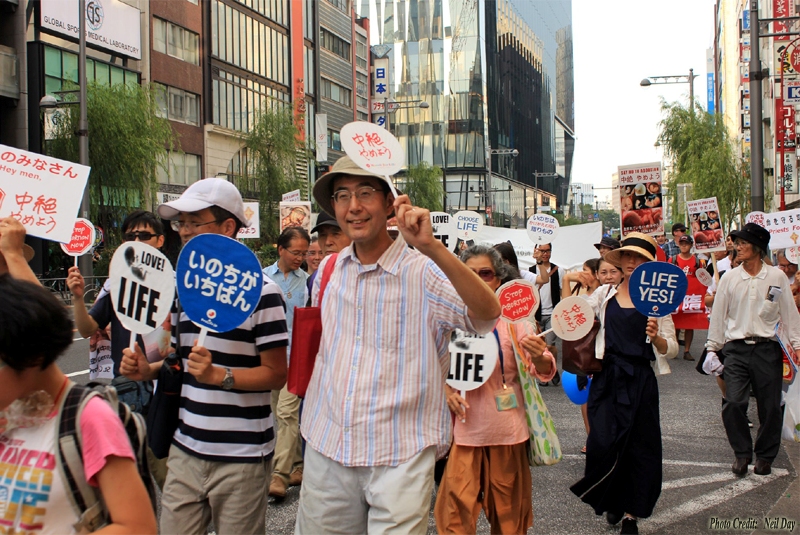
After the passage of the law, Japan became one of the abortion capitals of the world. Women from other countries streamed into Japan seeking abortions. By 1954, the abortion rate in Japan had skyrocketed to 64.6%. These staggering statistics continued into the sixties. The eugenics law was not substantially revised until 1996.
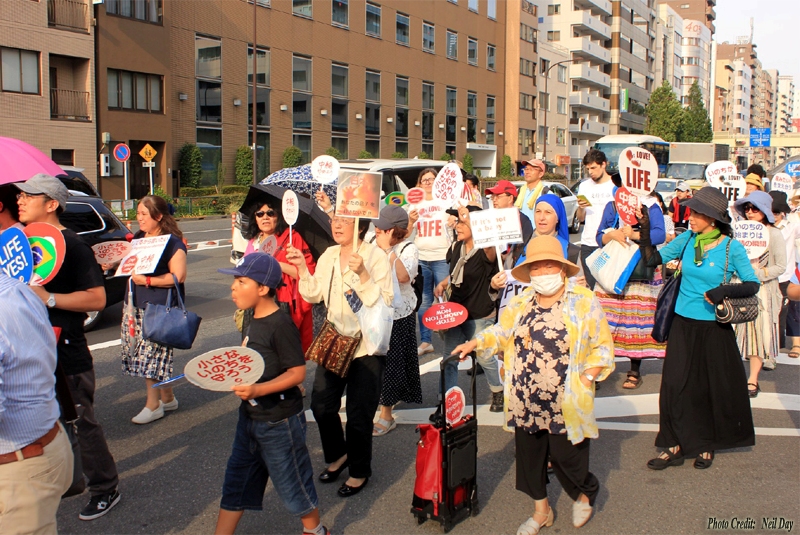
Given this history, it is little wonder that today Japan is famous for its shrinking population. Japan’s birthrate is at a withering 8 births per 1,000 people, and the Japanese government has resorted to offering cash bonuses for women who give birth.
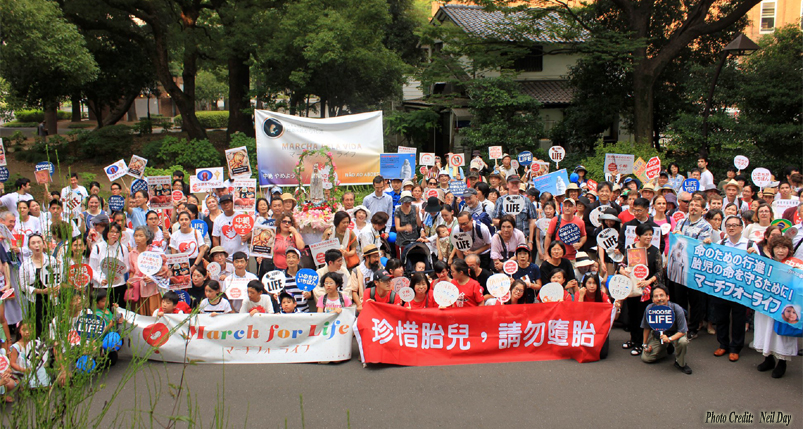
But there is much more to the problem than economics. A culture of death has taken hold here, as it has in so many other countries in the developed world. Rampant liberalism has convinced millions of Japanese young adults that sensual pleasure is the meaning of life, and as such a deep-seated nihilism is tearing Japanese society apart.
 Learn All About the Prophecies of Our Lady of Good Success About Our Times
Learn All About the Prophecies of Our Lady of Good Success About Our Times
The example of these Japanese taking to the streets to protest the destruction of human life and the breaking of moral law is an important and heartening development.
* * *
Jason Morgan is an associate professor at Reitaku University in Kashiwa, Japan. His work has appeared in Japan Review, Logos, the Michigan Historical Review, Human Life Review, Chronicles, Society, New Oxford Review, The Remnant, Japan Forward, Seiron, Crisis, Modern Age, Asia Times, and the proceedings of the Historical Awareness Research Committee.

